Colosseum in El Jem
This arena is located in the town of El Jem, Central Tunisia and is considered the most perfect work of ancient Roman architecture. The arena was built in the early 3rd century as a place for gladiator fights and small chariot racing. In 1979, this monument was recognized as a world heritage site. Currently, the arena is home to El Jem’s annual Music Festival.
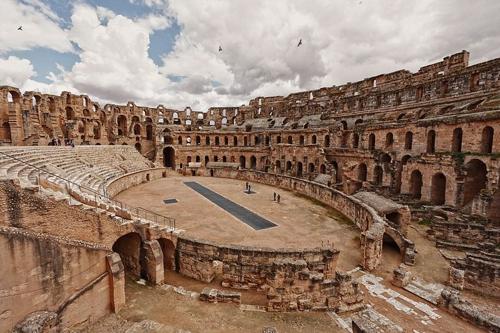
It has a capacity of 30,000 people, a height of 36 meters, a diameter of nearly 150 meters and is built of sandstone blocks. This is the only ancient Roman arena in the world that retains almost intact original architecture with very well preserved walls, stands, and underground passages.
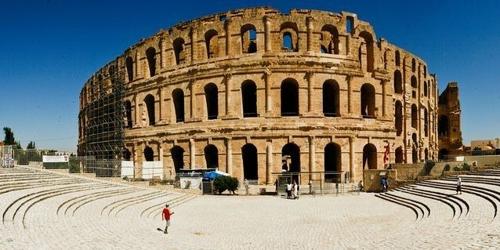
Verona Arena
Verona Colosseum, Italy is one of the best preserved Roman architectural works to this day. Verona was built in the 1st century as a place for famous gladiators and animals to compete.
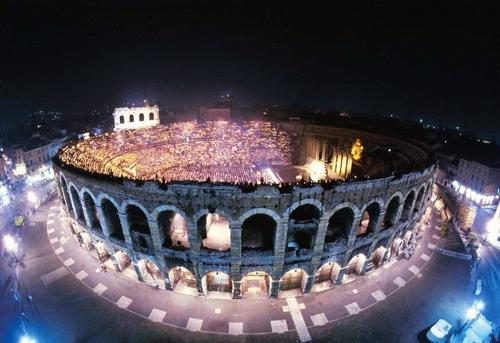
Verona is 140 meters high and 110 meters wide, has 3 floors with 64 entrances and a capacity of 30,000 people. However, a devastating earthquake in the 12th century broke the top floor, leaving behind two floors made of unique white and pink stone slabs. Today, with its ideal location and excellent acoustics, this arena hosts open-air opera performances and attracts hundreds of thousands of visitors each year during the festival season.


Pula Arena
Pula Arena in Croatia was built between 27 BC and 68 AD. Pula retains almost intact ancient Roman architecture with a stand 132 meters long, 105 meters wide, accommodating 23,000 spectators. The arena grounds also have two perfume tanks and a fountain.
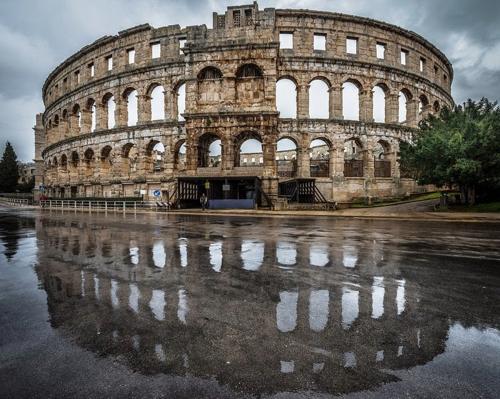
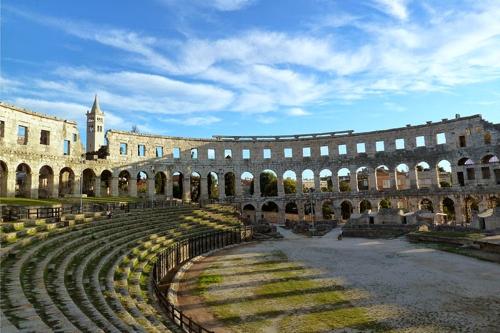
The ancient Pula Colosseum was previously used as a fighting place for gladiators until the 5th century, then as a place for competitions between prisoners sentenced to death or banned wild animals. Pula was destroyed by local people and then restored in the 13th century. Currently, with a capacity of 5,000 spectators, many concerts and film festivals are held here.
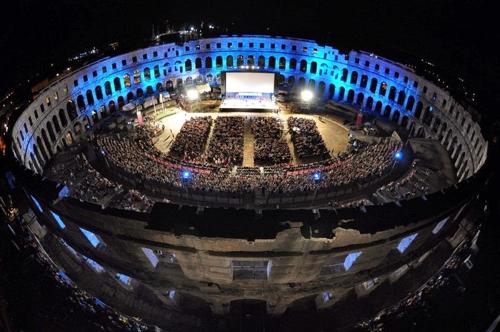
Arles Arena
Arles Arena is located in the South of France, built in 90 AD. With a capacity of more than 20,000 spectators, Arles was once the venue for chariot races and bloody battles between fighters. Currently, this ancient Roman arena is where bullfights and concerts take place in the summer.
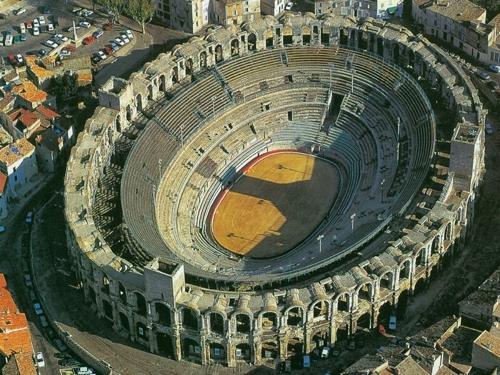
The arena is 136 meters long, 109 meters wide, oval in shape with a two-story dome, bleachers, stairs, and drainage system in the hallway. Arles served as a refuge for people during the war and was transformed into a city in the 18th century. Between 1826 and 1830, the houses and chapels were demolished and the arena was returned to its original state.
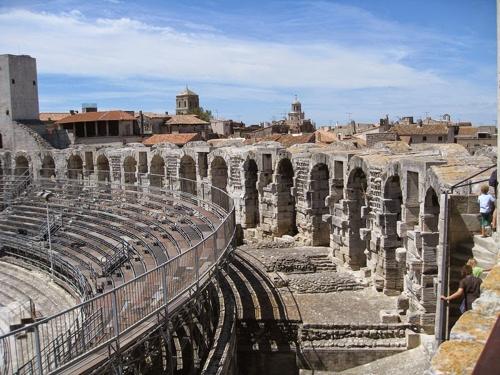
Nimes Arena
Located in the city of Nîmes, France, Nîmes was built in 70 AD and used as a place for fighters to fight or hunt animals. Nîmes is 21 meters high, has 2 floors with 120 domes; Inside is an ellipse 133 meters long, 101 meters wide and has 34 rows of seats. Previously, this ancient Roman arena could hold 24,000 spectators, but now there are only more than 16,000 seats left.

After the fall of the Roman Empire, Nîmes was converted into a fortress that provided shelter for the people. In the 12th century, the arena was home to nobles, and in the 18th century it turned into a town.
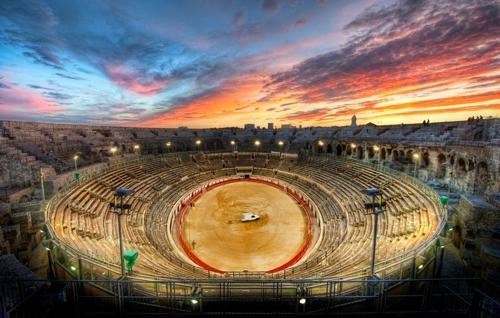
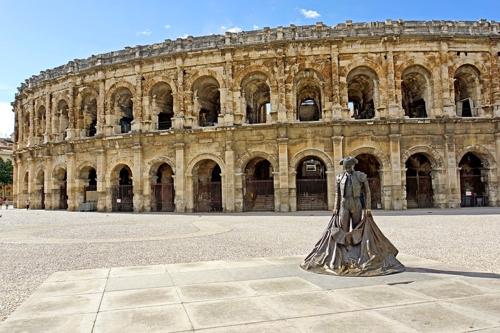
In 1786, Nîmes was restored to its original Roman architecture. Today, this arena is used for bullfighting and summer concerts.




